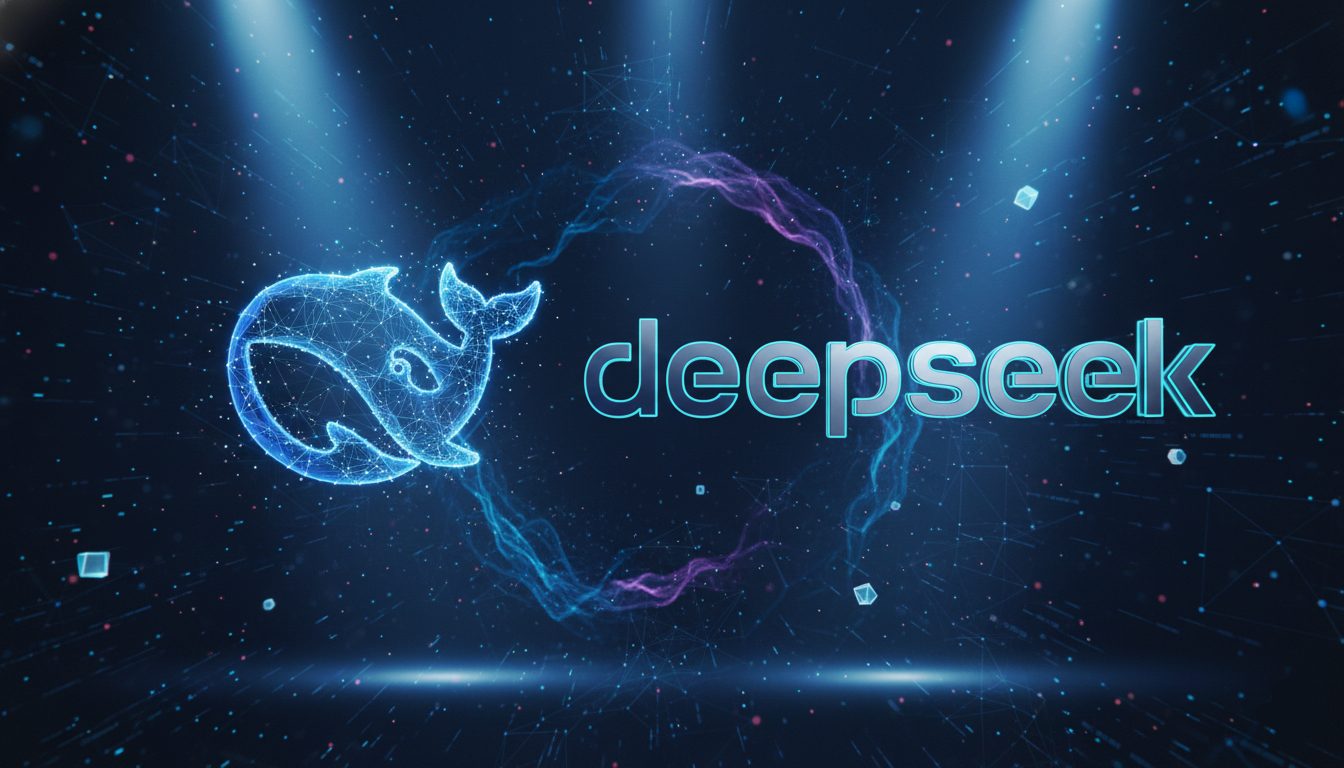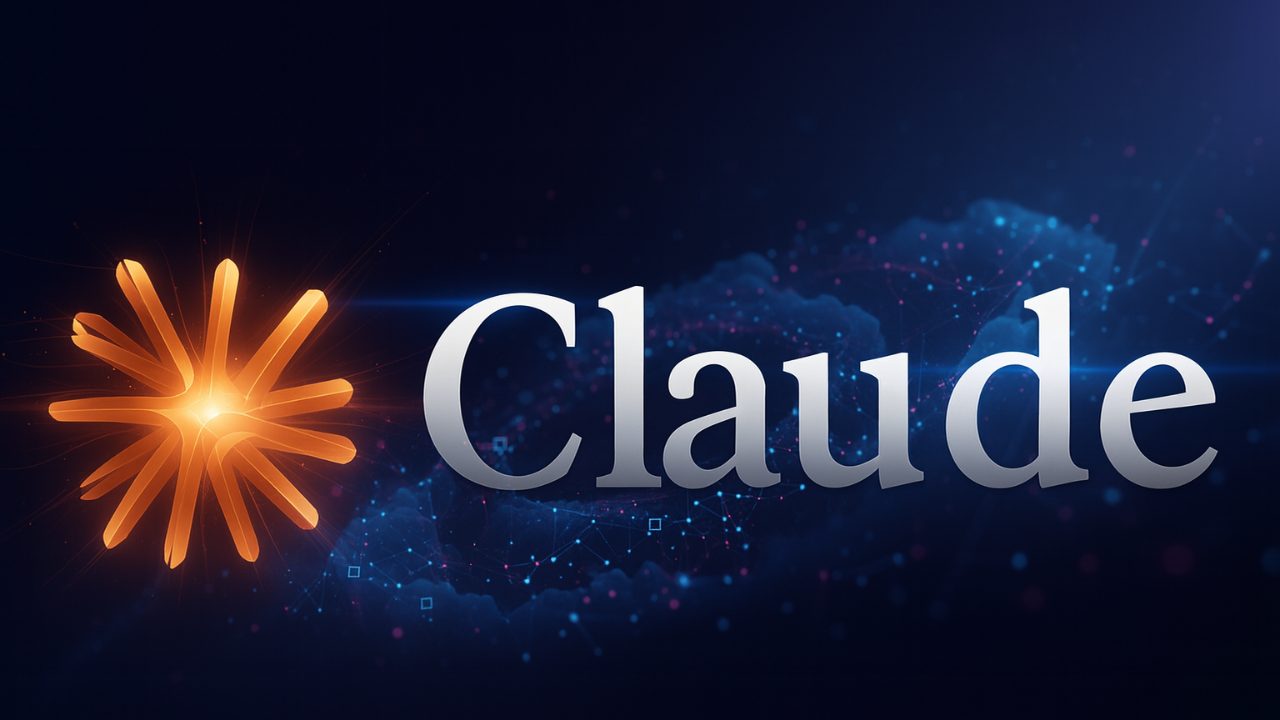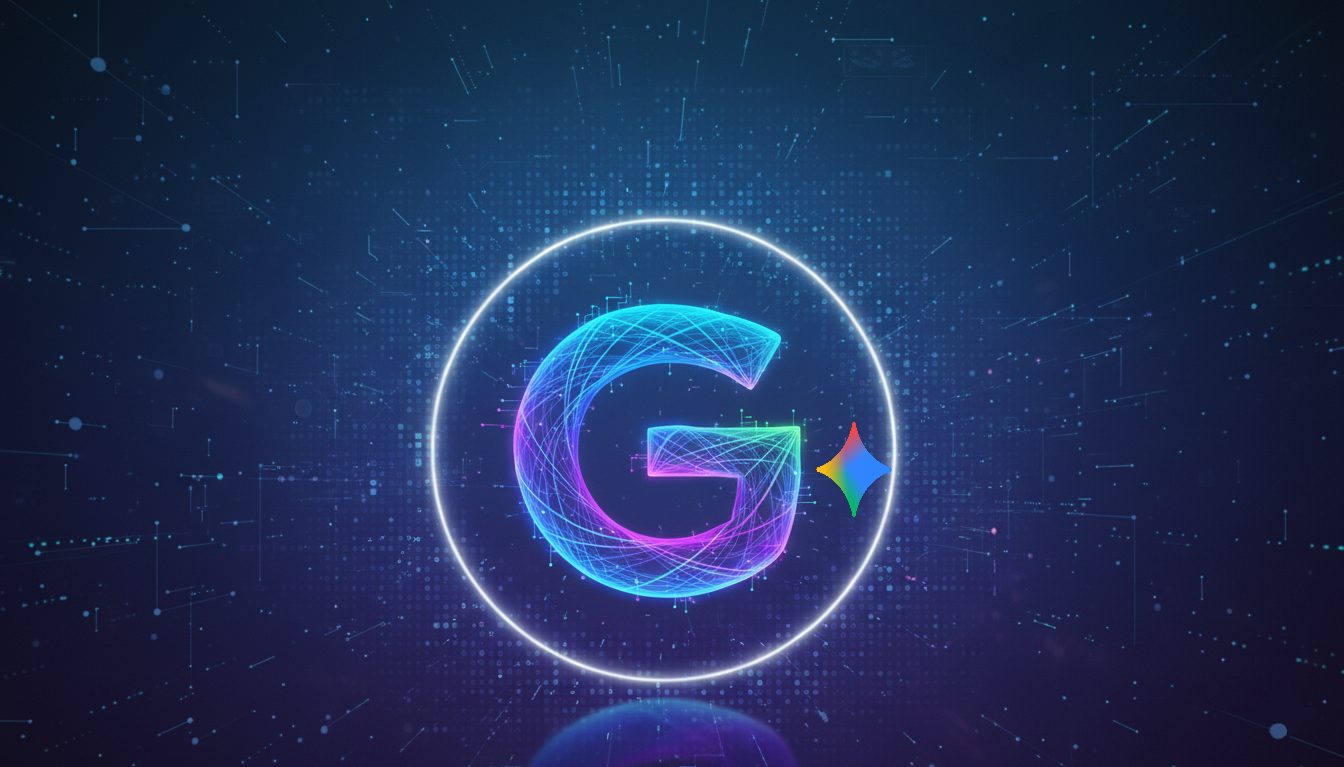The ground is shifting beneath our feet. For years, we’ve all played the same game: master Google’s algorithm, climb the SERP, and win the click. But what happens when the game changes? What happens when the search bar becomes a conversation, and the list of blue links is replaced by a single, definitive answer?
This isn’t a futuristic prediction; it’s happening right now. The rise of powerful large language models (LLMs) like ChatGPT and the integration of generative search into traditional search engines (hello, Google’s Search Generative Experience) represents the most significant upheaval in digital marketing in over a decade. Users are no longer just searching; they’re asking, conversing, and getting direct answers.
The new million-dollar question for brands isn’t “How do I rank on Google?” but “How do I become the answer?”
Welcome to the new frontier: Generative Engine Optimization. In this guide, we at Nomadic Advertising will pull back the curtain on this evolving landscape. We’ll show you how these AI search engines “think,” what they value, and most importantly, what you can do to ensure your brand is not just seen, but cited.
The New Landscape: From SEO to GEO

For two decades, search engine optimisation (SEO) has been the cornerstone of digital visibility. It’s a discipline we know and love, built on a predictable foundation: keyword research, on-page optimization, backlink building, and technical SEO. The goal was simple: convince Google Search that your page was the most relevant result for a specific query and earn a top spot on the results page. The focus was on driving website traffic.
But AI search engine models operate on a different paradigm. They don’t present a list of options; they synthesize information from countless sources to construct a single, conversational answer. This requires a new approach.
Enter Generative Engine Optimization (GEO), also known as Large Language Model Optimization (LLMO).
- Traditional SEO is about ranking a document (your webpage) in a list. Success is measured by position and clicks.
- GEO is about influencing the knowledge base of an AI model so your brand or information is included in its generated answer. Success is measured by citation, brand mentions, and correct representation.
Think of it like this: SEO is like winning a popularity contest to get on the front page of a newspaper. GEO is like being the expert source the journalist quotes directly in the article. Both get you in the paper, but one carries a different kind of authority.
This doesn’t mean SEO is dead, far from it. A strong SEO foundation, a high domain authority, clean site architecture, and quality content, is the entry ticket to this new game. AI models are trained on the web, and they trust authoritative sources. Your existing SEO efforts give you that initial credibility. However, the strategy must now evolve to optimize for search journey optimisation in an era where the journey might end with the first answer.
How AI Like ChatGPT “Thinks“

To influence something, you first have to understand it. While we can’t exactly know what’s going on inside a model like GPT-4, we have a very good understanding of how it was built and what it feeds on.
Large language models are not sentient. They are incredibly complex pattern-recognition machines. They have been trained on a colossal amount of text and data from the internet. We’re talking about a significant portion of the public web. Two of the most important ingredients in this training data cocktail are:
- Common Crawl: A publicly available dataset that contains petabytes of raw web page data, collected and crawled over many years. It’s the messy, unfiltered, and sprawling digital reflection of humanity, blog posts, news sites, forums, e-commerce stores, everything.
- Wikipedia: In contrast to the chaos of Common Crawl, Wikipedia provides a massive, curated, and highly structured corpus of information. Its articles are interlinked, fact-checked (to a degree), and written in a neutral, encyclopedic tone, making it an invaluable source for learning about entities, concepts, and relationships.
The AI processes this text, breaking it down into pieces (tokens) and learning the statistical relationships between them. When you ask it a question, it’s not “thinking” or “understanding” in the human sense. It’s making a highly educated prediction about what the most plausible and coherent sequence of tokens is to answer your prompt, based on the patterns it learned from its training data.
What does this mean for your brand?
It means that to “rank” on ChatGPT, you need to have been a prominent, consistent, and trusted part of its education. If the model read about your industry from thousands of high-quality sources, and your brand was consistently mentioned as a leader with positive sentiment, it’s statistically likely to include your brand when generating an answer on that topic. Your goal is to weave your brand’s expertise into the fabric of the web so completely that the AI can’t help but learn from you.
The “Ranking Factors” for AI Search Engines

If we can’t use traditional ranking factors, how do we measure and optimize for visibility in generative search? Based on our research and active client experiments, we’ve identified a new set of core principles for influencing AI models.
Factor 1: Data Prominence & Authority
This is the bedrock. It’s a measure of your brand’s footprint in the AI’s training data. It’s not just about the quantity of mentions, but the quality. A mention in a Forbes article or a respected industry journal carries exponentially more weight than a comment on an obscure forum. The AI learns to associate authority with sources that are themselves cited frequently and widely trusted. This includes:
- Top-tier media publications
- Academic papers and research
- Authoritative industry blogs
- High-quality directories and review sites (e.g., Trust Pilot)
- Government and educational websites
Positive brand mentions on these authoritative sources act as votes of confidence that the AI learns from.
Factor 2: Semantic Clarity & Machine Readability
AI models don’t “read” a webpage like a human. They parse the code. To make it easy for them, you need to speak their language. This is where technical SEO meets the AI era, and its most powerful tool is schema markup.
Schema markup is a code vocabulary you add to your website to explicitly tell search engines (and by extension, LLMs) what your content is about. Instead of letting the AI guess that “Nomadic” is a company, you can use the Organization schema to state it directly. Key schema types for GEO include:
- Organization: Clearly defines your company name, logo, address, and social profiles.
- Article: Specifies the author, publication date, and headline, establishing provenance.
- FAQPage: Structures questions and answers, making your content a perfect source for direct answers.
- HowTo: Breaks down step-by-step instructions in a machine-readable format.
Properly implemented schema removes ambiguity and feeds the AI clean, structured data about your brand and expertise, making your content a prime candidate for citation.
Factor 3: Content That Answers, Not Just Ranks
Content marketing has always been about providing value, but now the focus must be razor-sharp. While broad keyword research is still useful, understanding keyword intent is paramount. People are asking AI full questions in natural language. Your content needs to answer them directly.
You can use different tools to discover the specific questions your audience is asking. Structure your blog posts and articles around these questions. Use clear headings, provide concise answers upfront, and then elaborate with depth and data. Original research, unique data points, and expert insights are gold. This is the type of “citation-worthy” content that LLMs are designed to find and reference. The goal is to create the definitive resource on a topic, making your page the most logical source for the AI to pull from.
Your Action Plan: A Strategy for AI Visibility

Understanding the theory is one thing; putting it into practice is another. This new optimization requires a dedicated, multi-faceted strategy. Here’s a four-step plan to get you started on the path to AI visibility.
Step 1: The AI Audit & Foundational Analysis
Before you can improve your standing, you need to know where you are.
- Prompt the AI: Go to ChatGPT and ask it questions related to your industry, products, and brand. What do they say about you? Do they mention you at all? Who are the competitors they cite? This is your qualitative baseline.
- Analyze Your Data: Dive into Google Search Console and Google Analytics. Identify your most authoritative pages, the ones that already have good rankings and earn organic traffic. These are your low-hanging fruit, the pages to fortify first for AI search. Analyze the queries they rank for to better understand current user behaviour.
Step 2: A Content Strategy for AI Consumption
Your content creation process needs to be re-engineered with AI in mind. It’s no longer enough to write a blog post; you need to build a knowledge hub.
- Develop a Content Outline: For every key topic, create a detailed Content Outline that maps out all the relevant sub-topics and user questions. This ensures your content is comprehensive and leaves no gaps.
- Craft Detailed Content Briefs: Equip your writers (or your agency) with content briefs that go beyond keywords. They should include the primary questions to answer, target entities to mention, and a directive to write with clarity and precision.
- A Note on AI-Generated Content: It can be tempting to use AI-generated content to scale production. While these tools are great for ideation and first drafts, content intended to establish authority must be heavily edited and fact-checked by a human expert. Your voice, expertise, and unique data are your differentiators.
Step 3: Technical Fortification
This is a non-negotiable step. Work with your development team or a technically proficient agency to conduct a full audit and implementation of schema markup. Prioritize the Organization, Article, FAQPage, and other relevant schema types across your site. Ensure your foundational technical SEO is flawless: fast page speeds, mobile-friendliness, and a logical site structure make it easier for all crawlers, both old and new, to access and understand your content.
Step 4: Proactive Digital PR & Entity Building
This is where the real, sustained effort comes in, and frankly, it’s where most companies need help. Building your presence in the AI’s training data isn’t a passive activity. It requires a relentless digital PR effort focused on securing high-quality brand mentions and citations.
This process, which we call “Entity Building,” involves:
- Strategically guest posting on authoritative industry sites.
- Conducting original research that gets picked up and cited by journalists and academics.
- Getting featured on relevant podcasts and news outlets.
- Ensuring your brand’s profiles are consistent and accurate across all platforms.
This is one of the most crucial and labor-intensive parts of GEO. At Nomadic Advertising, our AI SEO service specializes in this entity-building process. We combine traditional digital PR with a deep understanding of LLM training data to connect your brand with the platforms that matter for generative search, creating a powerful and lasting echo of your authority across the web.
The Future of AI SEO is Now (And We Can Help)
The shift to conversational, generative AI is not a distant trend; it’s a real-time transformation of content discoverability. The capabilities of these models will only grow, incorporating multimodal search (voice, image) and deeper personalization.
While traditional channels like paid search and search ads will continue to play a vital role, especially for direct response, the battle for top-of-funnel awareness and brand authority is moving to this new generative front. To stay competitive, you must adapt. Listening to a top Digital Marketing Podcast or reading blogs from leaders like NP Digital can help you stay informed, but information alone isn’t a strategy.
The landscape of digital marketing is evolving at a breakneck pace. SEO agencies that are still only focused on the last decade’s ranking factors are already falling behind. They are preparing you for a game that is about to end.
At Nomadic Advertising, we’re not just watching the change; we’re building the playbook for what’s next. Our AI SEO service isn’t just a trendy add-on; it’s a fundamental rethinking of how to build brand authority for the next decade of search. We combine deep technical expertise with strategic content marketing and relentless digital PR to ensure your brand becomes a foundational piece of knowledge for the AI models of today and tomorrow.
If you’re ready to future-proof your brand and become the answer, not just another link, let’s talk. Book a free consultation with us and let’s get you started on this new AI journey!





